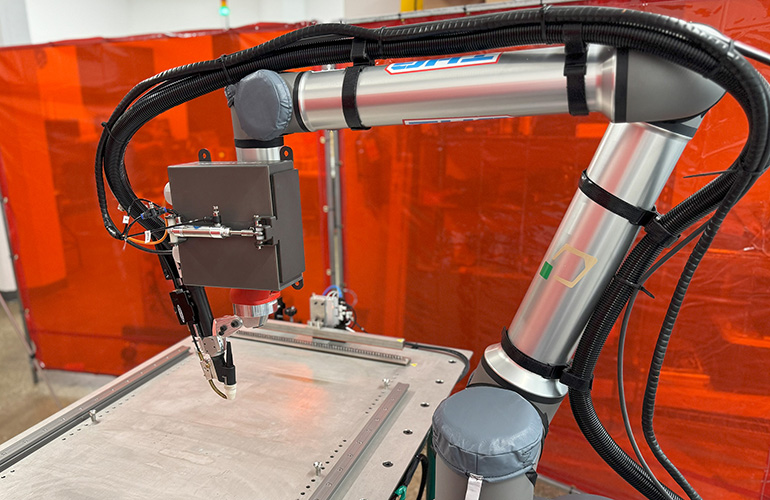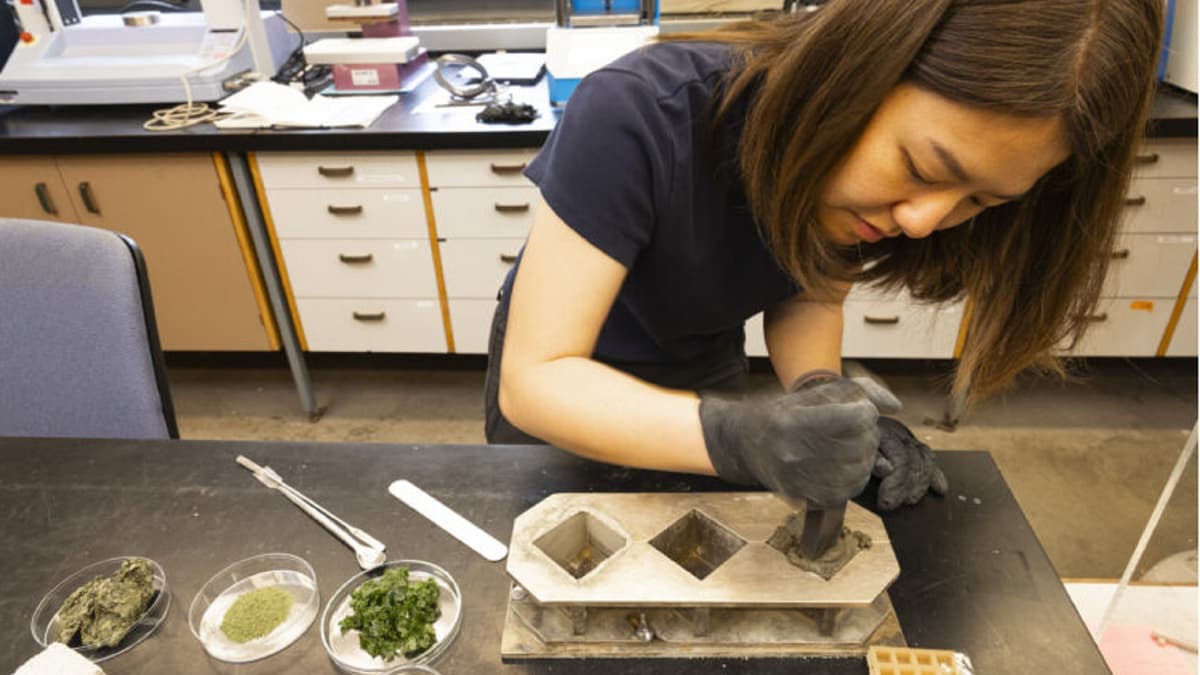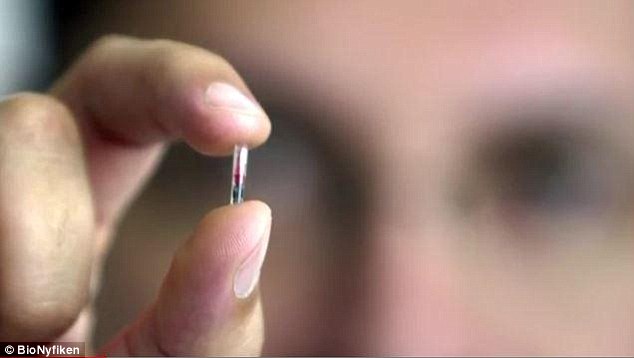The use of AI-generated images has become increasingly accessible, with tools like DALL-E allowing users to easily create visuals from a basic prompt. While AI video generation is still in its early stages, a new app from AI startup Runway offers a glimpse into the technology’s potential.
The recently launched Runway ML iOS app enables users to transform existing videos from their photo gallery or captured on the app into entirely new videos using prompts, images, or presets. The app’s video-to-video technology, Gen-1, has been available for desktop use since February, and the app version streamlines the process, making it more accessible to users.
Although the results from Runway’s technology can sometimes appear warped or disfigured, it is important to keep in mind that unexpected outputs are common with generative AI, especially in the early stages of AI video generation.
Runway ML iOS app is free to download from the Apple App Store and already ranks 19th in the Photo & Video category. However, in-app purchases are available to access different subscription plans, which provide users with varying credit limits and features. The Free plan includes a limit of 125 credits and grants users three video projects with 720p video exports. The Standard plan costs $143.99 annually and provides 625 credits, unlimited video projects, watermark removals, 1080p exports, and additional features. The Pro plan, which costs $334.99, provides users with 2,250 credits per month, unlimited video projects, ProRes exports, 500GB of assets, and premium perks. The app also teases Runway’s Gen-2 text-to-video technology, which is “coming soon.”
By The ImpactLab












